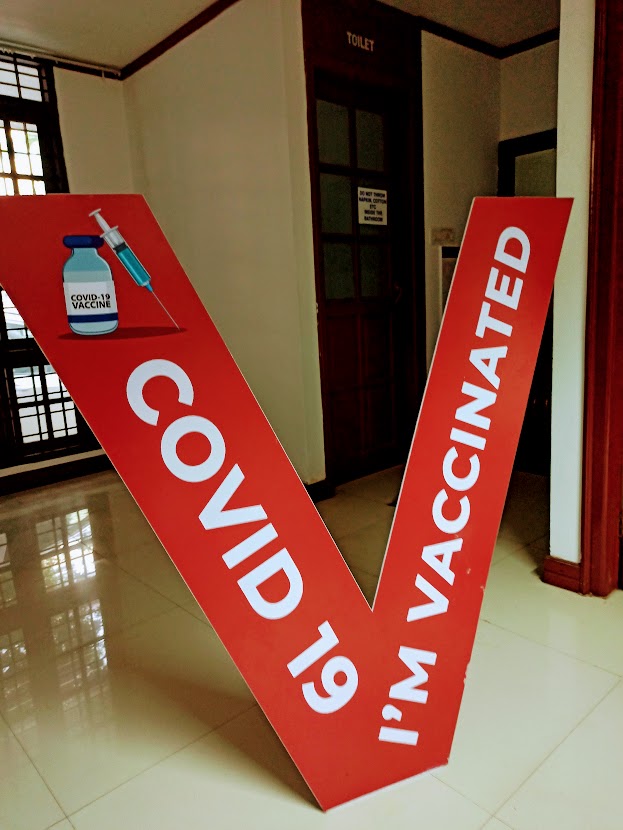
With the second wave of Covid putting the economy under new stress, the Reserve Bank of India (RBI) on Wednesday announced a slew of measures to prop up liquidity in the healthcare sector and allowed banks to restructure loans to micro and small borrowers.
The RBI’s on-tap liquidity window of Rs 50,000 crore makes the loan available till 31 March 2022 at the repo rate of 4%. The tenor of the loan will be up to three years and the at the repo rate of 4%.
“To boost provision of immediate liquidity for ramping up Covid-related healthcare infrastructure and services in the country, an on-tap liquidity window of Rs 50,000 crore with tenors of up to three years at the repo rate is being opened till 31 March 2022,” RBI Governor Shaktikanta Das said.
Under the scheme, banks can provide fresh lending support to a wide range of entities including vaccine manufactures; importers and suppliers of vaccines and priority medical devices; hospitals and dispensaries; pathology labs; manufacturers and suppliers of oxygen and ventilators; importers of vaccines and Covid-related drugs; logistics firms and also patients for treatment.
These loans will be treated as priority sector lending. They will continue to be classified under priority sector till repayment or maturity, whichever is earlier. “Banks may deliver these loans to borrowers directly or through intermediary financial entities regulated by the RBI,” Das said.
“The immediate objective is to preserve human life and restore livelihoods through all means possible,” Das said, adding that the central bank is on the standby to come out with unconventional measures to beat the pandemic as and when the situation evolves.
The incentive for banks is that they can borrow this money at repo rate from the RBI and create a Covid loan book. They can park their excess liquidity up to the size of the Covid loan book with the RBI and earn 40 basis points higher than the reverse repo rate, which is at 3.35%. So essentially banks will borrow from the RBI at 4%, then they can deposit money equivalent to their Covid loan book with the central bank and earn 3.75%. The pricing of the loan will be decided by the banks.
This measure is likely to incentivise banks to lend more to the healthcare sector as these loans will be considered as priority sector lending. Currently, banks are placing around Rs 4.6 lakh crore at 3.35% in reverse repo and another Rs 2 lakh crore at variable reverse repo at 3.47%, according to figures put out by SBI Ecowrap, the economic newsletter of the State Bank of India.
“Banks to see two way benefits as borrowing at term repo rate for lending to the said sector. This Covid loan book worth of funds parked at RBI is expected to earn 40 bps extra as an incentive. It is margin accretive for banks. Credit flow towards entities related to healthcare segment shall increase, as banks get to borrow up-to Rs 50,000 crore and are adequately incentivised. Pharma and healthcare stocks too have seen a surge post the announcement,” ICICI Direct said in a release.
“The macro impact of the scheme can be gauged from the fact that Rs 50,000 crore is roughly 9% of India’s total health expenditure of Rs 6 lakh crore under private final consumption expenditure in 2019-20. A direct support to the sector will generate total output demand of roughly Rs 80,000 crore. The sectors to benefit include organic chemicals, rubber, plastics among others where the limit utilisation is close to 55%,” said SBI’s Ecowrap.
"The Scheme is good boost to the stalled capex plans of the players. The healthcare industry which is an aggregate of 401 companies has an aggregate return on capital employed of 12.5% which would climb upwards with the assistance of lower cost of funding," said Crisil Research director Rahul Prithiani.
